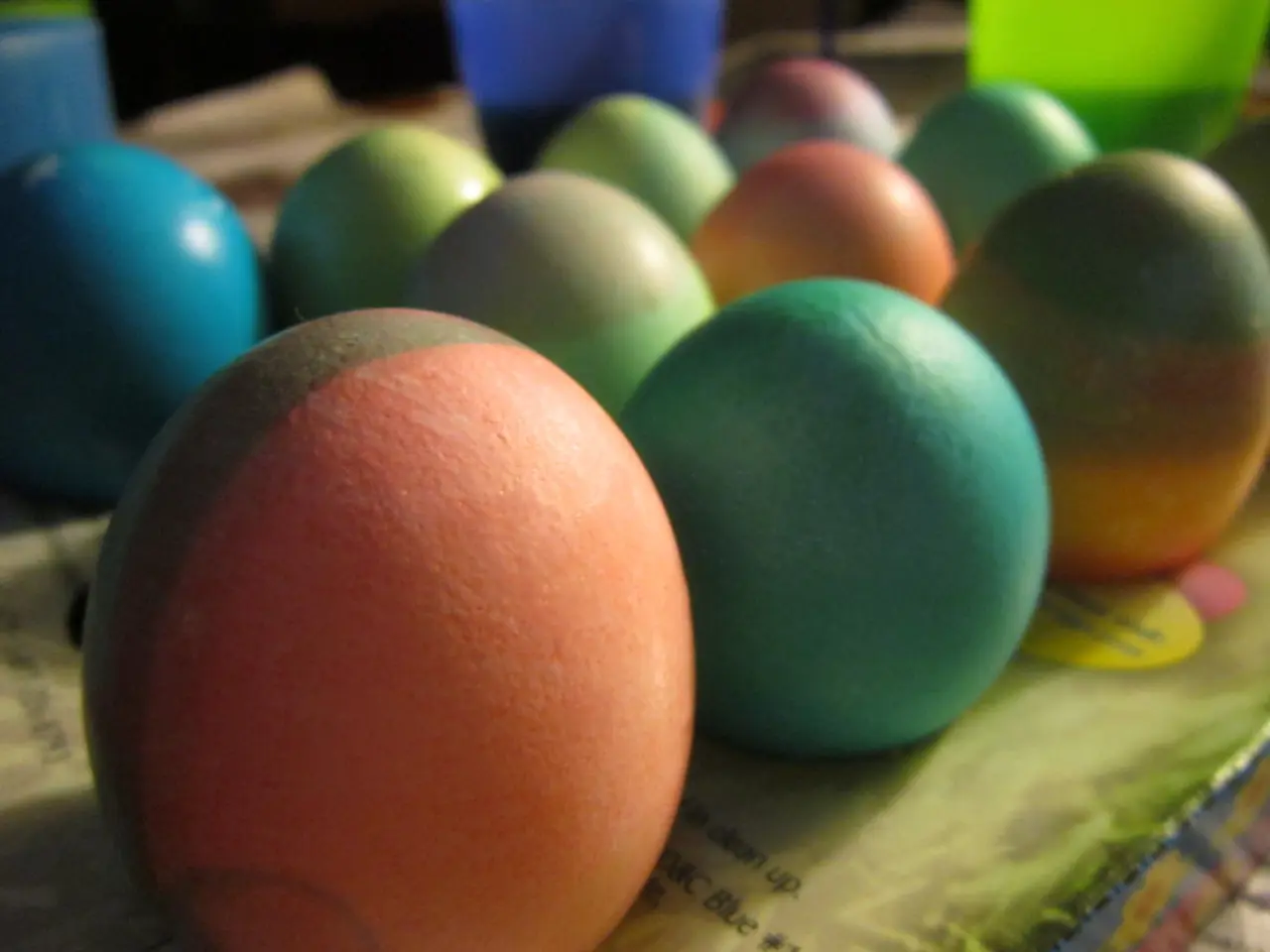Eye Drops Containing Lifitegrast (Xiidra): Exploring Side Effects, Costs, and Further Information
In the realm of dry eye syndrome treatments, Xiidra (lifitegrast) eye drops have emerged as a popular choice. This article aims to provide a clear and concise overview of Xiidra, its benefits, and potential side effects.
Xiidra is a brand-name medication approved for individuals aged 17 and above to treat dry eye syndrome. The drug's active ingredient, lifitegrast, works by reducing inflammation in the eyes, much like its counterpart, Restasis. It can be used in conjunction with artificial tears and is even suitable for contact lens wearers, although it is advisable to remove contacts before administering the drops and wait 15 minutes before reinserting them.
While Xiidra has been found to be effective in reducing symptoms of dry eye syndrome for up to three months, according to guidelines published by the American Academy of Ophthalmology (AAO), it may cause a range of side effects. Common mild effects include blurry vision, headache, eye irritation, itchy eyes, a metallic taste in the mouth, redness of the eyes, watery eyes, and sinusitis.
However, it's essential to note that while allergic reactions were not reported in clinical trials, they have been documented post-marketing. Symptoms can vary from mild to severe and may include skin rash, itchiness, flushing, angioedema (swelling under the skin), swelling of the tongue, mouth, or throat, trouble breathing, hives, and difficulty breathing or swallowing.
It's crucial to use a new single-dose container for each dose of Xiidra to avoid any potential complications. Furthermore, the cost of Xiidra can vary based on insurance coverage, location, and pharmacy. However, financial and insurance assistance, as well as savings cards, are available to help offset these costs.
In terms of long-term safety, guidelines published by the AAO recommend lifitegrast and cyclosporine as effective treatments for dry eye syndrome over extended periods, but the safety of using Xiidra long term (12 months or longer) is currently unknown.
In conclusion, Xiidra offers a viable treatment option for dry eye syndrome, but it's essential to be aware of its potential side effects and follow the proper usage guidelines. If you have any questions about your dose of Xiidra, always consult your doctor for personalised advice.
- Scientists have identified lifitegrast, the active ingredient in Xiidra, as a component that reduces inflammation in the eyes, similar to the function of other medical-conditions treatments like Restasis.
- Dry eyes, a common symptom of dry eye syndrome, can be managed with Xiidra eye drops, which are suitable for individuals aged 17 and above, as well as for contact lens wearers if administered correctly.
- While Xiidra can help alleviate dry eyes for up to three months, it's important to be aware of the potential side effects such as blurry vision, headache, eye irritation, dryeyes, and various other mild to severe reactions like skin rash, angioedema, and difficulty breathing or swallowing.
- Maintaining good health-and-wellness, especially eye-health, is crucial in managing medical-conditions like dry eye syndrome, and Xiidra, an effective treatment option, should be used in a proper and dry manner to avoid potential complications.




